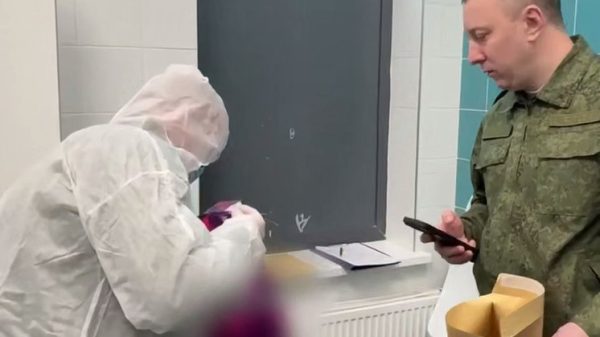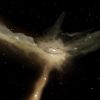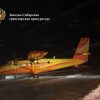A World Health Organization research mission to China is expected to arrive in Wuhan next month to investigate how the novel coronavirus jumped from animals to humans, and whether it emerged earlier or in a different place than originally thought.
Fabian Leendertz, a biologist at Germany’s Robert Koch Institute and a member of the WHO’s 10-person mission team, told the Associated Press they will be working with Chinese scientists for four to five weeks.
Most scientists think the virus Sars-Cov-2 began in animals in China, most likely bats, before jumping to humans. Cases were first discovered in the city of Wuhan in late December 2019, linked to a seafood market. More than 73.4 million people have since been diagnosed with the virus, and 1.63 million have died.
The WHO team will look at stored medical samples and x-rays from before the first known outbreak to see if the virus was circulating earlier, and take samples from bats and other species to try track down the animal in which the virus first emerged, Leendertz said.
Origin story: what do we know now about where coronavirus came from?
Read more
“Then to see where that track leads us, if it’s another city or if it stays in Wuhan or where that goes,” he said. Leendertz said it was possible that the Wuhan market was “just the first mega-spreading event or one of the first”.
“The big scope is to try to find out what happened,” said Leendertz.
“How the virus jumped from which animal to perhaps an intermediate host and then to humans. To reconstruct the scenario.”
The source of the virus has been the subject of conspiracy claims and coverup accusations, and has fuelled diplomatic rows, particularly between the US and China. Initial attempts by Chinese authorities to cover up the outbreak, including detaining citizen journalists and punishing doctors, and a reported reluctance to allow the WHO or others to investigate inside China only added to hostilities throughout the year.
The WHO sent an initial research team to China in July to help understand “how the virus started”.
Chinese authorities and state media have recently stepped up an apparent campaign to suggest the virus did not originate in China, including seizing on reports of the virus’s earlier presence in Italy despite the researcher himself labeling the claims “propaganda”. The People’s Daily said in a social media post that “all available evidence suggests that the coronavirus did not start in central China’s Wuhan”.
However Michael Ryan, director of the health emergencies programme at the World Health Organization (WHO), told reporters last month that it would be “highly speculative” to argue that the disease did not emerge in China.
“It is clear from a public health perspective that you start your investigations where the human cases first emerged.”
The WHO itself has faced accusations that it was too deferential to China in the early months, accepting claims later found to be untrue including that there was no evidence of human to human transmission, slowing down the world’s ability to respond.
Other than quarantine on arrival, Leendertz said he was not aware of any restrictions on the team.
“There will be a report from that mission, but I’m pretty sure that (it) will not give the full answer,” he said.
“It’s really not about finding a guilty country,” Leendertz said.
“It’s about trying to understand what happened and then see if based on those data, we can try to reduce the risk in the future.”




















































Свежие комментарии